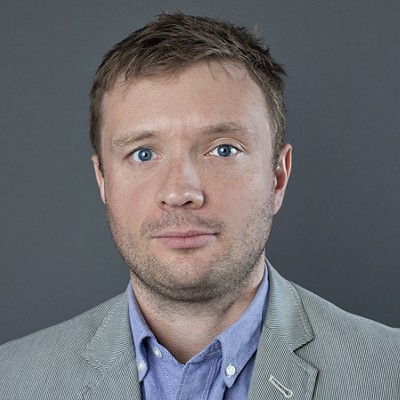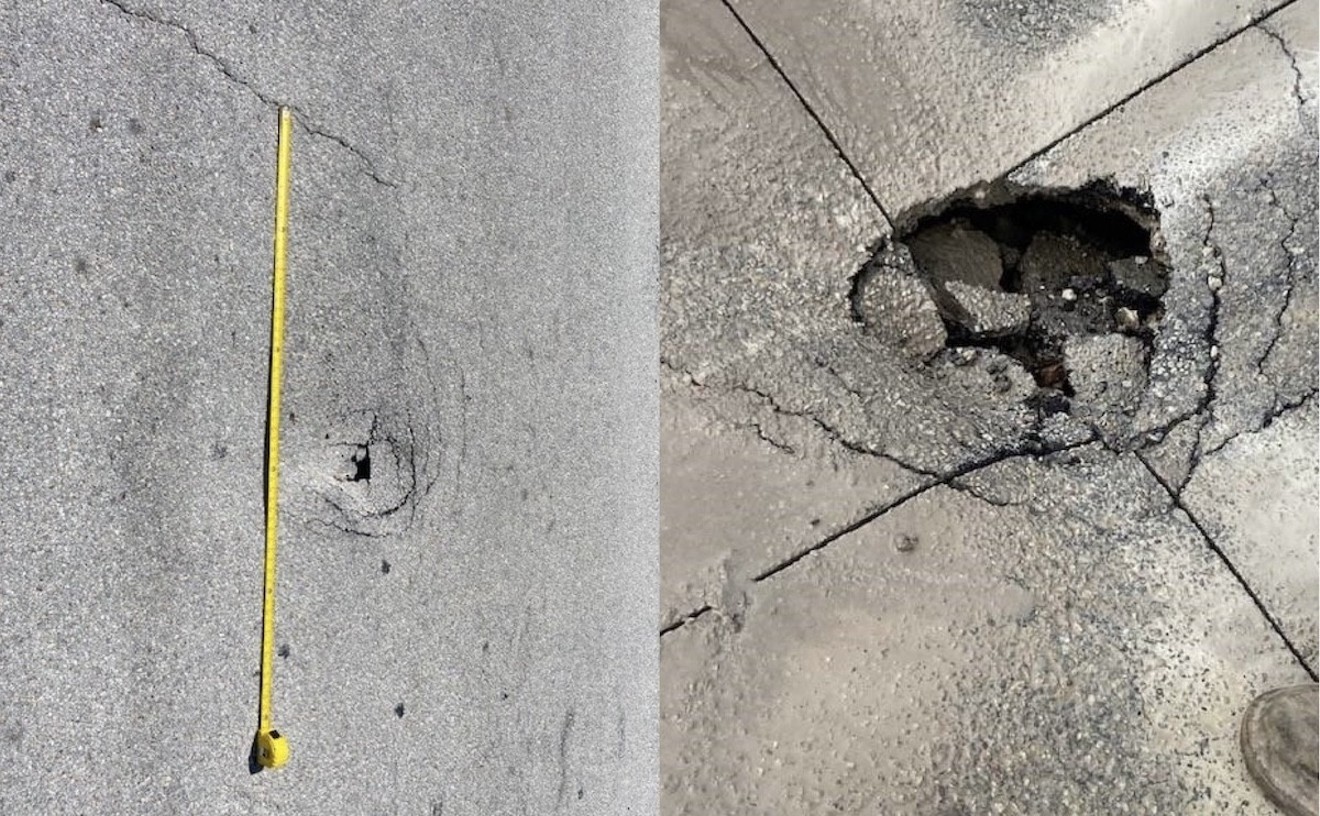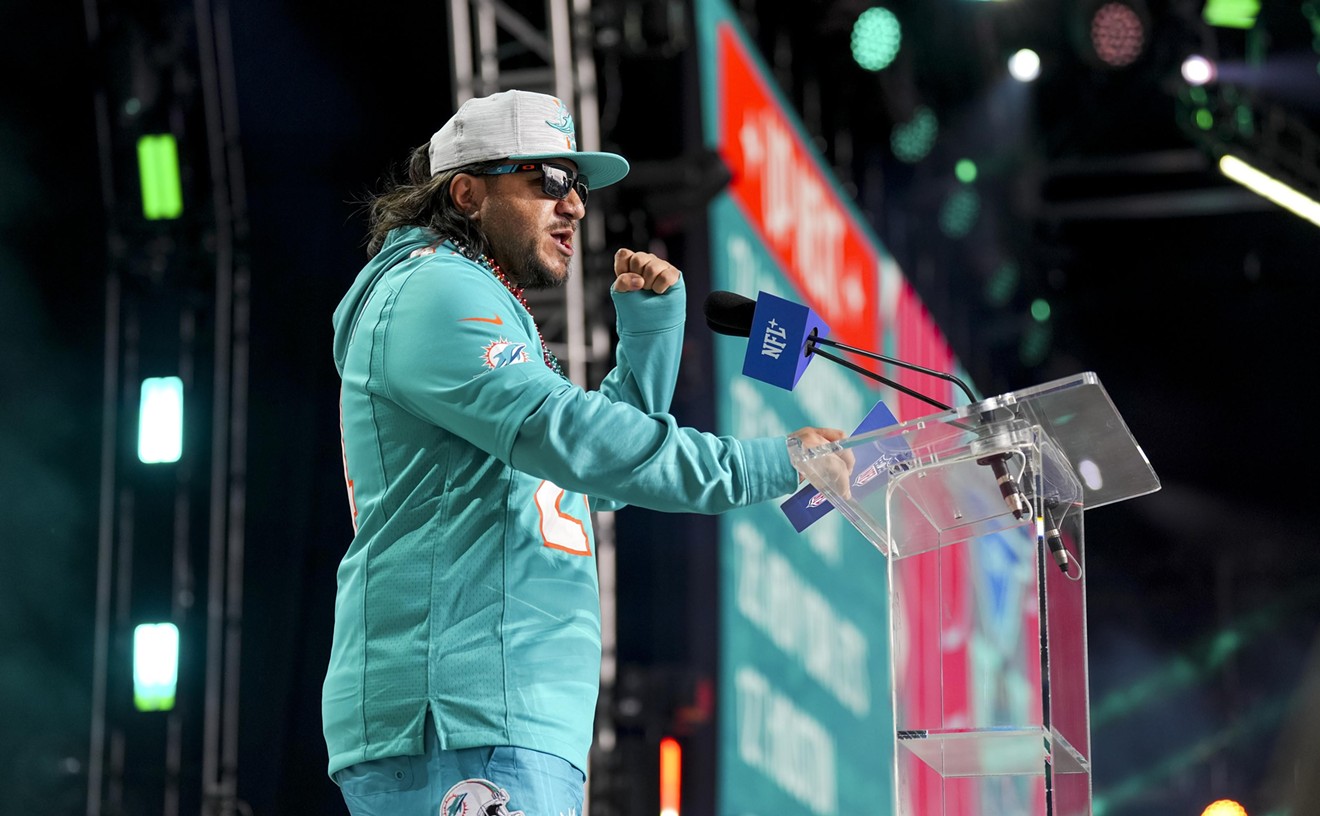Samuel Little is not the guy you'd want to bump into alone in a dark alley. A hulking former boxer armed with a cold glare, on paper he's a career criminal with a rap sheet stretching across 24 states. Police now believe Little was actually a vicious serial killer who preyed on lost women and prostitutes. Little's MO was allegedly to cold-cock his victims with a KO punch, then choke them to death while masturbating over their bodies.
He's currently on trial for killing three women in L.A. But due to his cross-country movements, cops believe he might be behind dozens of cold cases across the country, including here in Florida.
"Mr. Little has multiple arrests in Florida throughout his life," says Jeff Fortier, a special agent supervisor with the Florida Department of Law Enforcement. "We know that he was in Florida in the early '80s -- '82, '83, '84 -- in the '90s, and the 2000s. So we have three decades that we're looking at."
Little grew up in the Rust Belt backwater of Lorain, Ohio. He first hit the court system with a burglary charge at 16. The criminal record that follows is nearly 100 pages long and includes armed robbery, rape, solicitation, theft, DUI, shoplifting, fraud, and aggravated assault on a police office. This tenure came to a halt last fall, when LAPD detectives matched Little's DNA to two women murdered in 1989. They tracked Little down to a homeless shelter in Kentucky and made an arrest. A third victim was later added.
Due to his perambulating career, police across the country are cracking open their old files, looking to see if Little was hanging around town when women were killed. In the Sunshine State, the Florida Department of Law Enforcement has made it a point to circulate information and brief local jurisdictions on Little's case.
"We hosted two different meetings, one in North Florida and one in South Florida, where agencies could meet to discuss their individual cases," Fortier says. "The two lead detectives from the LAPD were there for both those meetings, and they were able to offer insight from their cases."
When he was in his late 20s, Little actually lived in Dade County, where he worked for the Department of Sanitation. Fortier says the suspected killer has also been tied to Gainesville, Tallahassee, and Fort Myers. While living under a different name, Little was arrested and tried for the 1982 murder of a 26-year-old mentally disabled woman in Gainesville. He was acquitted.
According to Fortier, there are about 15 cases across the state that could be linked to Little. Although his office isn't keeping a list of which jurisdictions are looking at a connection, he says there are some near Tampa, Volusia County, and a few in the Panhandle.
The DNA process takes about 90 days to match material with a possible suspect, so investigators are currently waiting for results. As of right now, no South Florida cold cases have been linked to Little. But, as Fortier tells it, there's no lack of open crimes stemming from the years Little was stomping through the state.
"There are a lot of unresolved homicides from that time period. That was a period when DNA was not a tool that was readily available to law enforcement," Fortier tells New Times. "Most agencies retain their evidence because they're unsolved. We are just encouraging them to go back to their evidence and take a look at it to see if there was any possibility of semen or saliva or any bodily fluids that might be on the evidence."
Follow @NewTimesBroward











